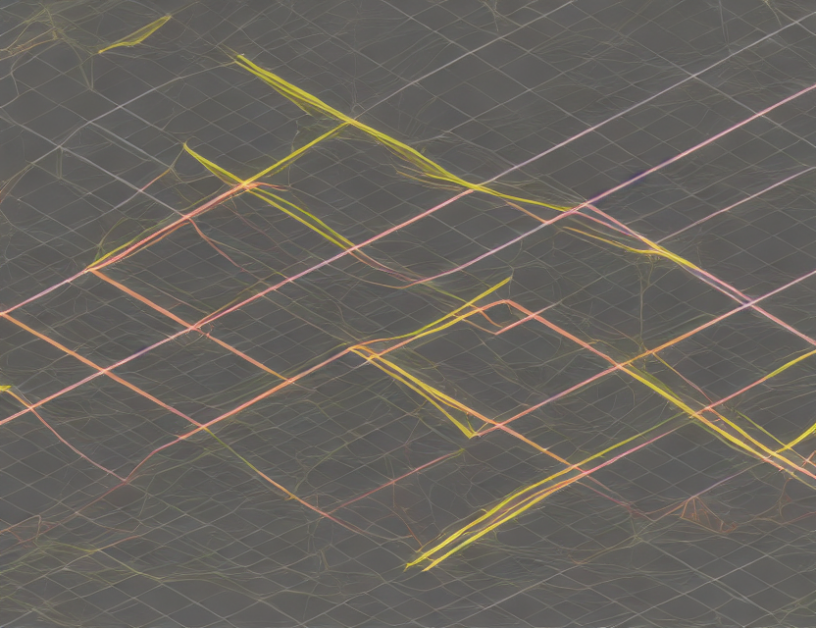Imagine you have a matrix with some missing values, like a puzzle with some pieces missing. Matrix completion is the process of filling in those missing values based on the remaining ones, kind of like guessing what color piece might fit where in a puzzle. But here’s the catch: the more pieces you have, the harder it gets! That’s why we need to use special techniques and algorithms to help us fill in those missing values accurately.
One popular approach is called logistic regression, which is like trying to predict whether a piece of the puzzle will fit based on its shape and size. We use a mathematical model that looks at how well each piece fits overall to make an educated guess about what the missing pieces might be. However, this method can only provide an estimate, not the exact solution.
In some cases, we may need to add more information to make the process easier. For instance, if we know that certain pieces are definitely part of the puzzle, we can use that knowledge to narrow down the possibilities and make a more accurate prediction. But even with these additional clues, there’s no guarantee we’ll get it right every time!
The field of matrix completion has seen significant advancements in recent years, from developing new algorithms to improving existing ones. It’s important work because matrix completion is used in various applications like recommendation systems and image processing, where accurately predicting missing values can make a big difference.
In summary, matrix completion is the process of filling in missing values in a matrix using special techniques and algorithms. While it can be challenging with a large number of pieces, recent advancements have made it easier to achieve accurate predictions. It’s essential work in fields like recommendation systems and image processing where accurate predictions are crucial for success.
Computer Science, Machine Learning
Upper Bound and Optimal Rate of Convergence for Matrix Completion with Noise



